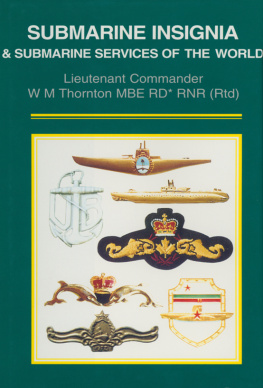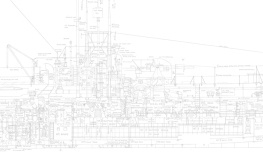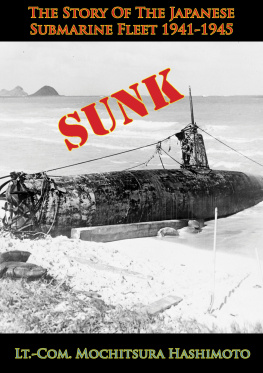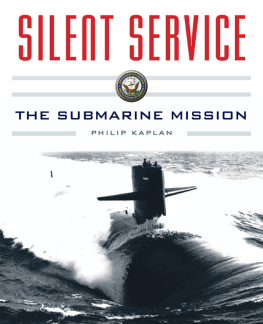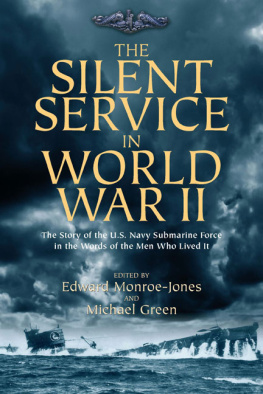Thank you for downloading this Simon & Schuster eBook.
Join our mailing list and get updates on new releases, deals, bonus content and other great books from Simon & Schuster.
or visit us online to sign up at
eBookNews.SimonandSchuster.com
We hope you enjoyed reading this Simon & Schuster eBook.
Join our mailing list and get updates on new releases, deals, bonus content and other great books from Simon & Schuster.
or visit us online to sign up at
eBookNews.SimonandSchuster.com
ALSO BY JAMES SCOTT
The Attack on the Liberty:
The Untold Story of Israels Deadly 1967 Assault on a U.S. Spy Ship


Simon & Schuster
1230 Avenue of the Americas
New York, NY 10020
www.SimonandSchuster.com
Copyright 2013 by James M. Scott
All rights reserved, including the right to reproduce this book or portions thereof in any form whatsoever. For information address Simon & Schuster Subsidiary Rights Department, 1230 Avenue of the Americas, New York, NY 10020
First Simon & Schuster hardcover edition May 2013
SIMON & SCHUSTER and colophon are registered trademarks of Simon & Schuster, Inc.
The Simon & Schuster Speakers Bureau can bring authors to your live event. For more information or to book an event, contact the Simon & Schuster Speakers Bureau at 1-866-248-3049 or visit our website at www.simonspeakers.com.
Designed by Ruth Lee-Mui
Jacket design by Tom McKeveny
Jacket photographs courtesy of U.S. Navy
Maps by Paul Pugliese
Submarine cutaway illustration by Fred Freeman, U.S. Naval Institute
Library of Congress Cataloging-in-Publication Data
Scott, James (James M.)
The war below : the story of three submarines that battled Japan / James Scott. First Simon & Schuster hardcover edition.
Pages cm
Includes bibliographical references and index.
1. World War, 19391945Naval operationsSubmarine. 2. World War, 19391945Naval operations, American. 3. World War, 19391945CampaignsPacific Area. 4. Drum (Submarine) 5. Tang (Submarine : SS-306) 6. Silversides (Submarine) I. Title.
D783.S46 2013
940.54'5160973dc23
2012043122
ISBN 978-1-4391-7683-2
ISBN 978-1-4391-7685-6 (ebook)
For the officers and crew of
Silversides, Drum, and Tang
CONTENTS
THE SKIPPERS
SILVERSIDES
Creed Burlingamepatrols 15 (December 1941July 1943)
John Coyepatrols 611 (July 1943November 1944)
DRUM
Robert Ricepatrols 13 (November 1941November 1942)
Bernard McMahonpatrols 47 (November 1942October 1943)
Delbert Williamsonpatrols 89 (October 1943June 1944)
Maurice Rindskopfpatrols 1011 (June 1944November 1944)
TANG
Richard OKanepatrols 15 (October 1943October 1944)

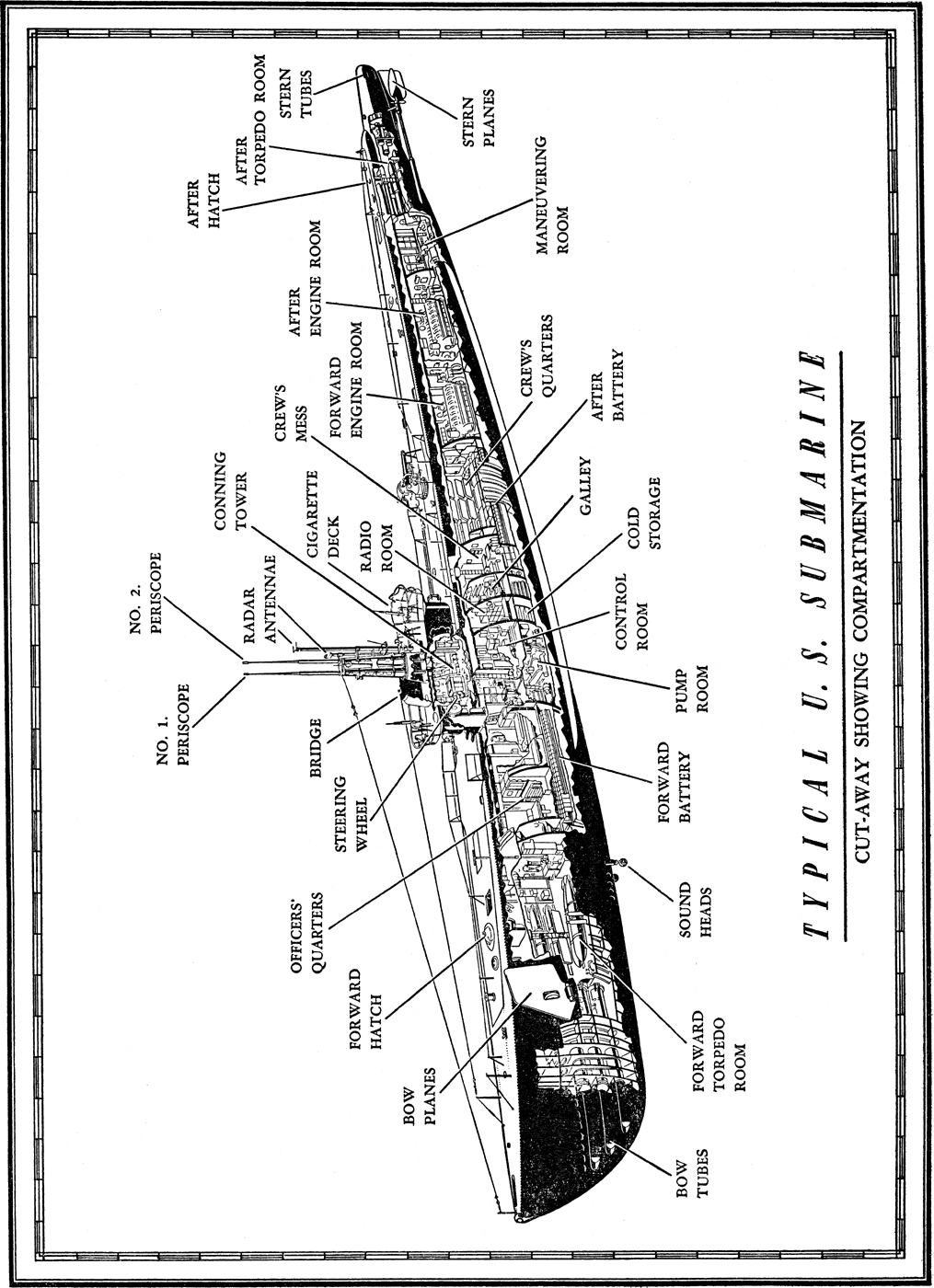
In the cankerous mind of the devil
There festered a fiendish scheme;
He called his cohorts around him
And designed the submarine.
The Submarine, by Walter Bishop, radioman killed aboard S-4
1
SILVERSIDES
No one knows how long this will last, but long enough to make everyone very tired of it.
Slade Cutter, February 9, 1942, letter
Lieutenant Commander Creed Cardwell Burlingame paced the bridge of the USS Silversides as it departed the submarine base at Pearl Harbor at 9:51 a.m. on April 30, 1942. The thirty-seven-year-old skipper, nicknamed Burly, felt anxious this warm Thursday morning. The last fourteen years, ten months, and twenty-eight days of his career had led to this moment. A Kentucky native with a thirst for bourbon, Burlingame had served on six submarines, the last three as the skipper. He had run countless drills, ordered crash dives, and fired practice torpedoes on maneuvers in waters from Connecticut to China. He had even survived a collision with a destroyer in an exercise off Corregidor that had sheared off the top of his periscope barrel, the jagged remnant now an ashtray in which he tapped out the burnt tobacco from his corncob pipe. But today was different. Much different.
Today he went to war.
The Silversides buzzed with anticipation. Lookouts perched atop the periscope shears, scanning the horizon with binoculars. Down in the maneuvering room, sailors tugged levers to control the submarines various speeds. Cooks in the galley and stewards in the wardroom brewed coffee by the gallon for the seventy officers and crewmembers. More than 3,500 miles of open ocean stood between Burlingame and his destinationthe empire of Japan. Armed with twenty-four torpedoes and enough frozen meat, canned vegetables, and coffee to last three months, Silversides would take almost two weeks to cover that distance at an average speed of thirteen knots or about fifteen miles per hour. Burlingame planned to use that time to drill his men: a deep dive for trim and tightness, daily surprise dives, and a battle surface drill to test the gun crew. The skipper knew every action mattered.
Newspaper headlines captured Americas new reality 144 days into the war. The Army belatedly ordered coastal homes, businesses, and high-rises from Maine to Miami to kill nighttime lights that silhouetted offshore supply ships, easy prey for enemy submarines. Two days earlier, the garish billboards and marquees around Times Square advertising such films as Rita Hayworths My Gal Sal , and a rerelease of Charlie Chaplins famous The Gold Rush went dark for the first time since a 1917 coal shortage. Draft registration and volunteering now soaredmore than 1,000 people a minute enrolled at one pointas millions queued up outside fire stations, post offices, and schools. The press predicted that some canned goods, coffee, and gasoline would soon be rationed as the wars price tag swelled to a staggering $100 million a day, a figure President Franklin Roosevelt estimated that week in a fireside radio chat would double by years end.
The wreckage of Japans December 7 surprise attack still littered the cool waters of Pearl Harbor. The burned-out battleship Arizona rested on the muddy bottom with 1,100 sailors entombed inside. The Hawaiian sun reflected off the rusty keels of the capsized battleship Oklahoma and former battleship-turned-target-ship Utah , Burlingames first ship after he graduated from the Naval Academy. Thousands of divers, welders, and engineers now risked poisonous gas and unexploded ordnance to untangle the destruction. Grim reminders of the tragedy still surfaced. Workers salvaged thousands of waterlogged and rust-stained Christmas cards from one vessel, while marked-out dates on a calendar discovered in a storeroom of the sunken battleship West Virginia revealed that three men had survived until December 23 before oxygen ran out.
Japan steamrolled across Asia and the Pacific as America struggled to rebound. The opening lines of Burlingames secret orders read like a depressing scorecard with the United States and its Allies the clear loser: Japanese forces now control the Philippines, French Indo China, Malaya, part of Burma, Dutch East Indies, part of New Guinea, New Britain, Guam and Wake, in addition to former Japanese territory. But the enemy had made what would prove a fatal misstep in its infamous attack on Pearl Harbor. The bombers and fighters that Sunday morning, in the chaotic fury to destroy Americas battlewagons, had failed to target the submarine base, a compound that housed 2,500 officers and crew along with a torpedo plant, machine shops, and repair installations to service the twenty-two Hawaii-based boats, as the subs were often called by those in the service. Likewise, nearby surface tanks filled with 4.5 million barrels of precious fuel oil had miraculously escaped destruction, more than enough fuel to power Silversides and the other submarines that now set off for the empires waters.
Next page



